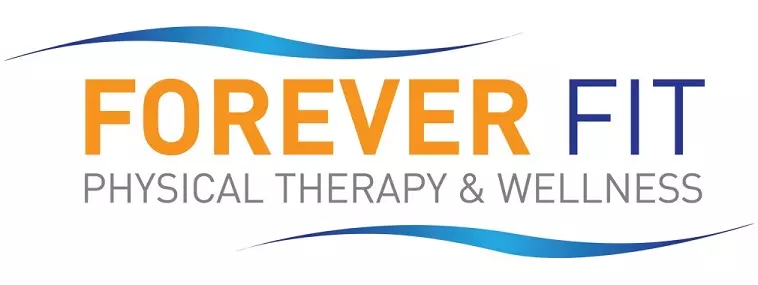Neck cracking is a relatively common habit. However, this does not mean it’s healthy. Though cracking your neck can feel temporarily satisfying, it can lead to issues like neck pain and even injury. If you constantly crack your neck, you could be at a heightened risk for certain musculoskeletal injuries and conditions. Neck cracking can be especially risky if you already have conditions affecting your cervical spine, which is the part of your spine that runs through your neck. Learning more about the potential risks of neck cracking can help show why it might be bad for you.
The potential risks of neck cracking
Neck cracking is not necessarily harmful in moderation. However, constantly cracking your neck can lead to certain risks. Another important factor is the forcefulness of your neck cracks. When you crack your neck forcefully, you may be risking injury. Some risks associated with neck cracking include joint instability, neck pain and nerve compression.
Feeling the need to crack your neck very frequently is usually the result of joint instability. When the smaller stabilizing muscles of the neck are not being utilized to support your head throughout the day, muscle tension in the larger muscles increases, causing feelings of tightness, stiffness or compression. “Cracking” your neck temporarily releases chemicals and helps reset the tension levels. Over time, the cracking motion can wear down the joints and ligaments around your neck. Overuse in these areas can lead to pain, discomfort and stiffness. If neck cracking is negatively impacting your joints, you may experience more difficulty moving your neck and keeping it aligned. Fortunately, treatment is available. With physical therapy, you can relieve tension around your neck and take the pressure off your nerves.
Safe alternatives to neck cracking
Neck cracking can be a hard habit to change. It often feels satisfying in the moment, making it tempting even when you know the risks. One of the best ways to shift away from neck cracking is to find safe alternatives. Your physical therapist can help you find stretches that engage your neck and release tension without the potential complications of neck cracking. If you want to reduce neck stiffness and improve flexibility, practicing physical therapy exercises can be a great option. Here are some top PT exercises for addressing neck tension:
- Chin tucks — Neck tension is often caused by posture. If you spend a lot of time with your neck bent forward, you may start experiencing tension and discomfort around the sides and back of your neck. This is a relatively common concern for people who spend long hours looking down at their desk or phone. Instead of cracking or popping your neck to relieve this tension, try doing chin tucks. Chin tucks are a safe, effective and reliable way to improve neck alignment and build strength. To do chin tucks, start in a sitting or standing position. Keep a straightened posture. Slowly and gently tuck your chin toward your chest as if you are trying to make a double chin. You may feel a light stretch along the back of your neck. Hold this stretch for around five to 10 seconds; then release. For best results, you can repeat this exercise around 10 times. As you develop your exercise routine, your physical therapist can help you determine the right number of repetitions for each exercise.
- Trapezius stretches — The upper trapezius is a large, flat muscle that covers your lower neck and your upper back between your shoulders. This muscle helps support your shoulders and neck. If this muscle is tense or injured, it can lead to neck discomfort. Trapezius stretches are a good way to directly address these symptoms. To stretch your upper trapezius, stand tall with your shoulders relaxed. Tilt your head to one side. Try to touch your ear to your shoulder without raising your shoulder. You should feel the stretch along the opposite side of your neck. For a deeper stretch, you can use a hand to gently press your head toward your shoulder. Hold the stretch for around 15 seconds before relaxing and switching sides.
- Scapular squeezes — Scapular squeezes target the muscles in your upper back. This can help improve posture and reduce pain. To do this exercise, squeeze your shoulder blades together. Hold the squeeze for around five seconds; then relax.
Forever Fit can help you avoid neck cracking and improve your overall neck health
Neck conditions are common. Research shows that in 2020, neck pain affected 203 million people. If you’re experiencing neck pain or dealing with other symptoms affecting your neck, seeking treatment is important. With the right provider, you can get the care you need to experience relief.
Forever Fit offers comprehensive physical therapy services. Our team is committed to helping each patient find relief and work toward recovery. With our help, you can change your neck cracking habits and find safer, more effective sources of relief.
Contact our team today for more information or to schedule an initial appointment.

